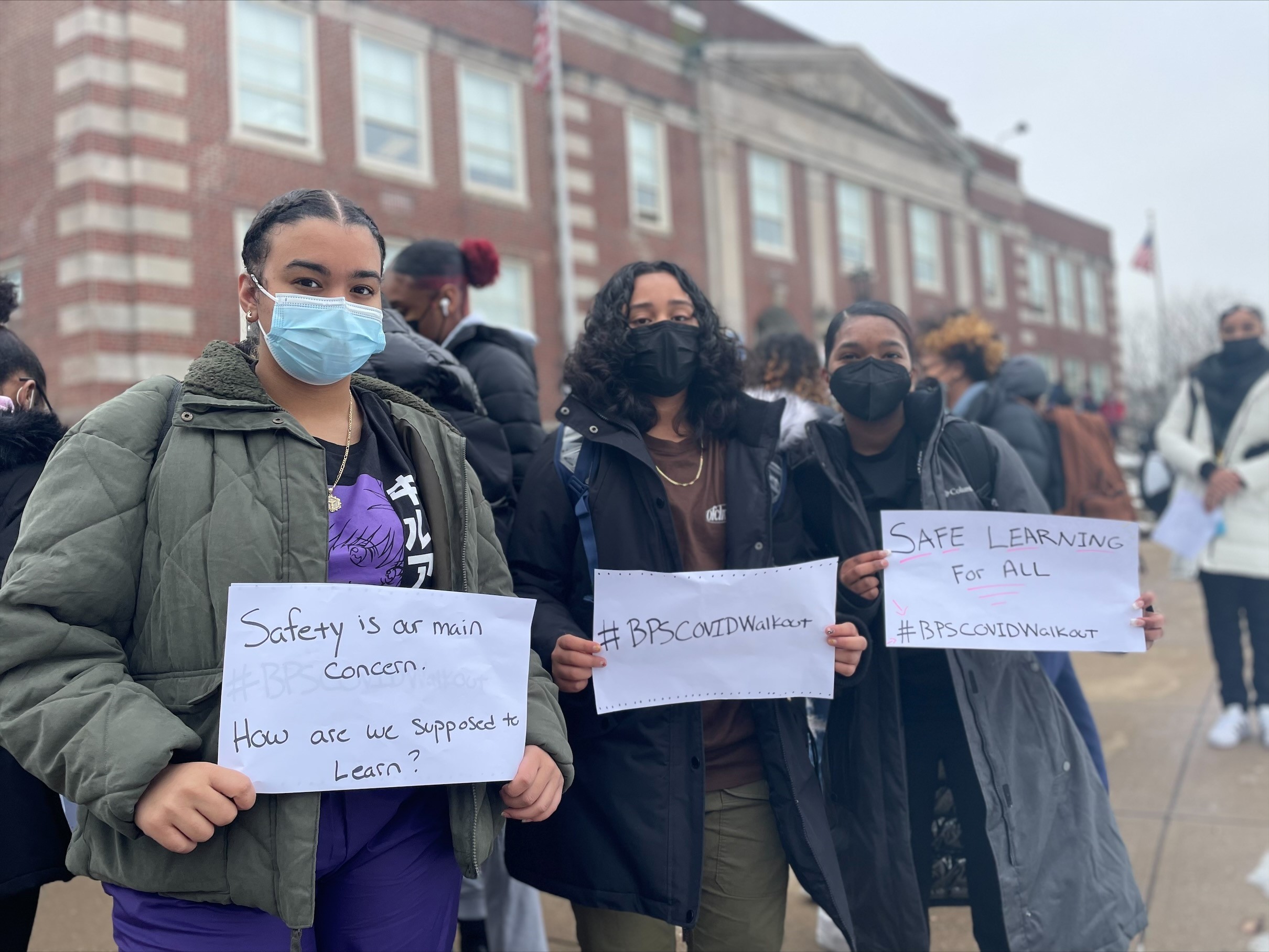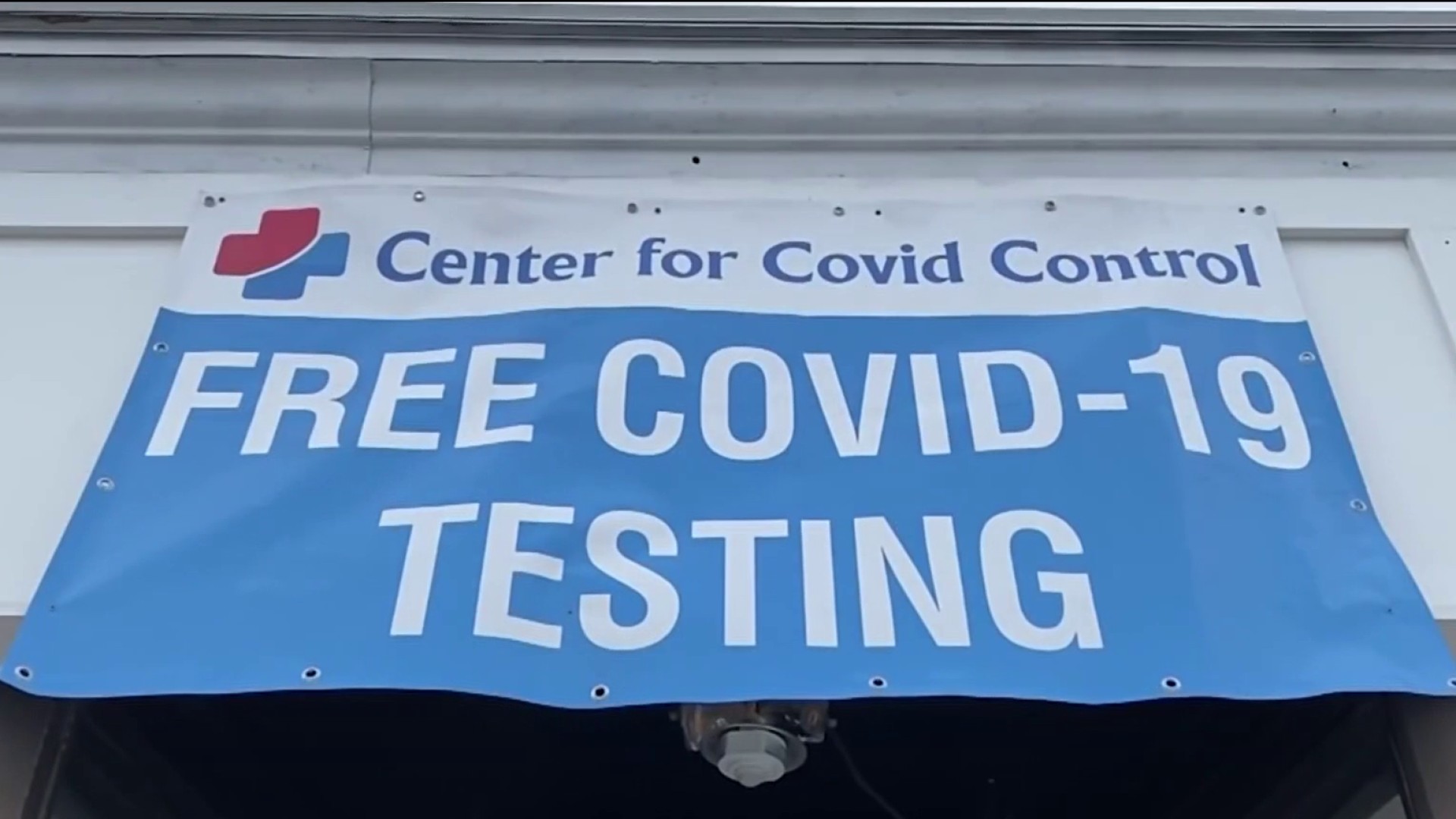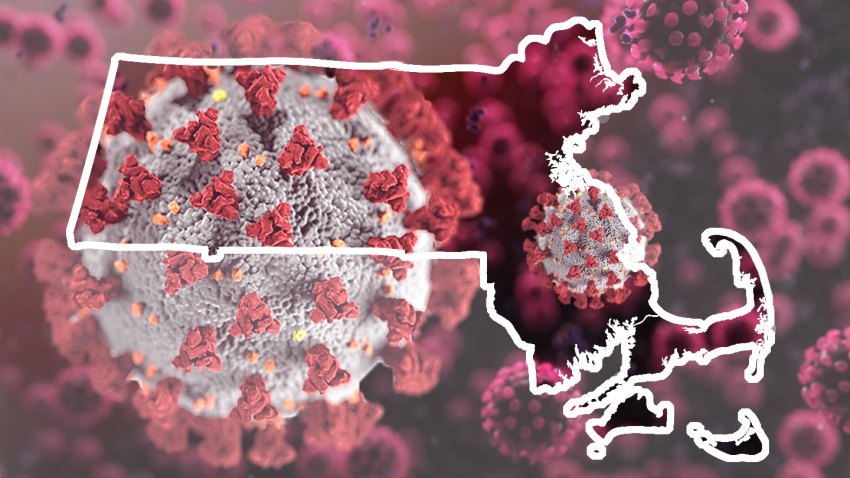As more children remain in classrooms across Massachusetts and omicron cases continue to surge through the state, people are asking how long they'll be contagious after contracting COVID-19.
The Centers for Disease Control and Prevention issued new guidance last month, shifting the timing for isolation and quarantine as some experts say the timeframe when people are most contagious is earlier.
So what is the period where someone with COVID is most contagious?
Here's what we know:
Get New England news, weather forecasts and entertainment stories to your inbox. Sign up for NECN newsletters.
When Are People With COVID Most Contagious?
The CDC says that its guidelines were updated to reflect growing evidence that suggests transmission of COVID-19 often occurs one to two days before the onset of symptoms and during the two to three days afterward.
For those without symptoms, CDC guidance states they are considered contagious at least two days before their positive test.
When is the Best Time to Get Tested After Exposure?
The CDC states that anyone who may have been exposed to someone with COVID should test five days after their exposure, or as soon as symptoms occur.
"If symptoms occur, individuals should immediately quarantine until a negative test confirms symptoms are not attributable to COVID-19," the guidance states.
How Soon Might Symptoms Appear?
According to earlier CDC guidance, COVID symptoms can appear anywhere from two to 14 days after someone is exposed to the virus.
Anyone exhibiting symptoms should get tested for COVID-19.
How Long Should You Quarantine or Isolate?
First things first, those who believe they have been in contact with someone who has COVID and are unvaccinated should quarantine. Those who test positive, regardless of vaccination status, must isolate, according to the Centers for Disease Control and Prevention.
Here's the difference between the two:
Quarantine
Those who have been within six feet of someone with COVID for a cumulative total of at least 15 minutes over a 24-hour period should quarantine for five days if unvaccinated, or if they are more than six months out from their second vaccine dose, according to updated CDC guidance issued Monday.
Once that period ends, they should partake in strict mask use for an additional five days.
Previously, the CDC said people who were not fully vaccinated and who came in close contact with an infected person should stay home for at least 10 days.
Prior to Monday, people who were fully vaccinated — which the CDC has defined as having two doses of the Pfizer or Moderna vaccines, or one dose of the Johnson & Johnson vaccine — could be exempt from quarantine.
Those who are both fully vaccinated and boosted do not need to quarantine if they are a close contact of someone with COVID, but should wear a mask for at least 10 days after exposure. The same goes for those who are fully vaccinated and not yet eligible for their booster shot.
Isolation
People who are positive for COVID should stay home for five days, the CDC said Monday, changing guidance from the previously recommended 10 days.
At the end of the period, if you have no symptoms, you can return to normal activities but must wear a mask everywhere — even at home around others — for at least five more days.
If you still have symptoms after isolating for five days, stay home until you feel better and then start your five days of wearing a mask at all times.
So how do you calculate your isolation period?
According to the CDC, "Day 0 is your first day of symptoms." That means that Day 1 is the first full day after your symptoms developed.
For those who test positive for COVID but have no symptoms, Day 0 is the day of the positive test. Those who develop symptoms after testing positive must start their calculations over, however, with Day 0 then becoming the first day of symptoms.
When Should You Call a Doctor?
The CDC urges those who have or may have COVID-19 to watch for emergency warning signs and seek medical care immediately if they experience symptoms including:
- Trouble breathing
- Persistent pain or pressure in the chest
- New confusion
- Inability to wake or stay awake
- Pale, gray, or blue-colored skin, lips, or nail beds, depending on skin tone
"This list is not all possible symptoms," the CDC states. "Please call your medical provider for any other symptoms that are severe or concerning to you."
You can also notify the operator that you believe you or someone you are caring for has COVID.
More COVID-19 stories
What If You Test Positive Using an At-Home Test?
Those who test positive using an at-home test are asked to follow the latest CDC guidelines and communicate the results to their healthcare provider, who is responsible for reporting test results to the state health department.
Health experts say people should assume the test results are accurate and should isolate from others to reduce the risk of spreading the virus.
When Can You Be Around Other People After Having COVID?
If you had symptoms, the CDC says you can be around others after you isolate five days and stop exhibiting symptoms. However, you should continue to wear masks for the five days following the end of symptoms to minimize the risk to others.




